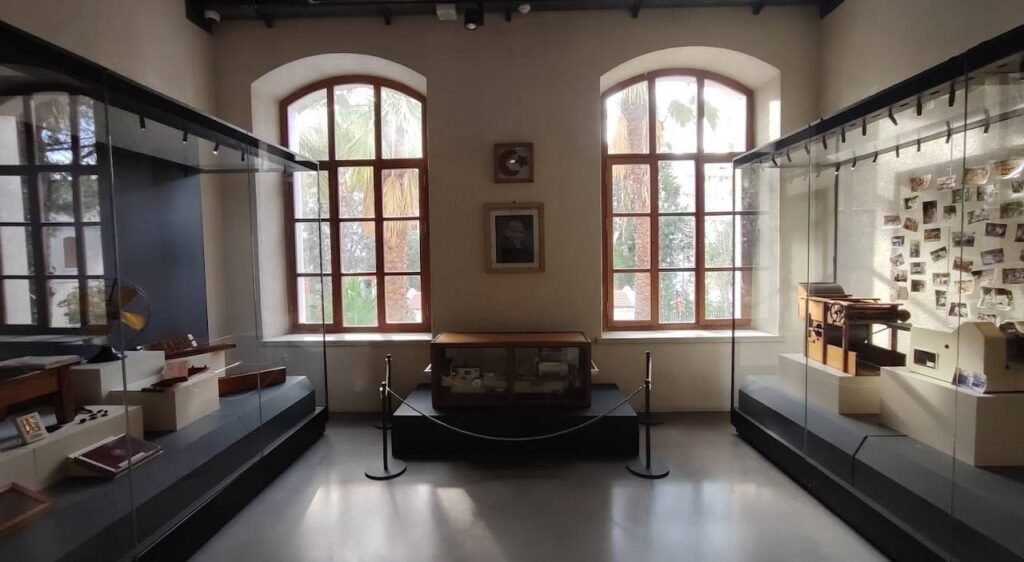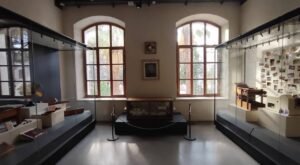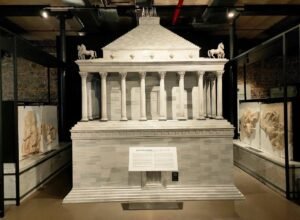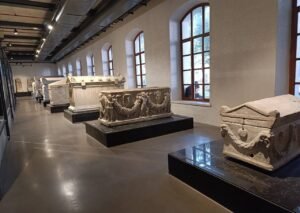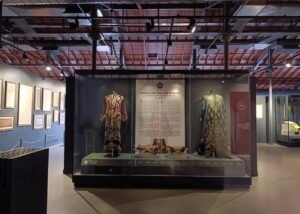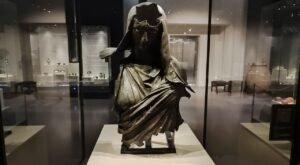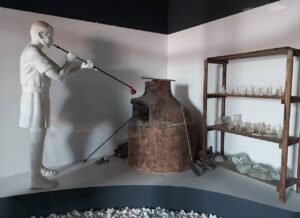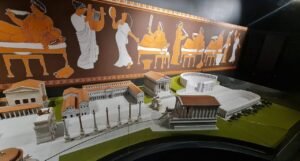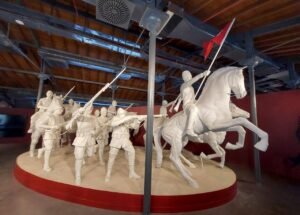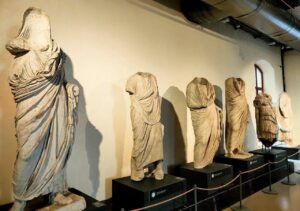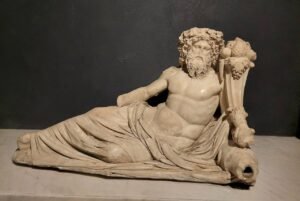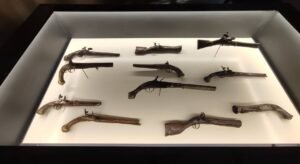Description
Discovering Cultural Heritage at the İzmir Ethnography Museum
Nestled in the vibrant city of İzmir on Turkey’s Aegean coast, the İzmir Ethnography Museum offers visitors a fascinating window into the rich cultural history and everyday life of the region. Housed in a grand 19th-century neoclassical building that once served as a hospital, the museum stands proudly next to the İzmir Archaeology Museum on Bahribaba Hill in the Konak district. For travelers seeking a deeper understanding of Turkish traditions, handicrafts, and rural life, the İzmir Ethnography Museum is a must-visit destination.
A Historical Treasure in the Heart of İzmir
The building that now serves as the Ethnography Museum was originally constructed in 1831 as the St. Roch Hospital. After several decades of use and a period of abandonment, it was restored and opened to the public in 1984 as the İzmir Ethnography Museum. The structure itself is a piece of history, featuring high ceilings, wide staircases, and tall arched windows that allow sunlight to flood the exhibition halls. Its architectural elegance and historic ambiance make it an ideal venue for showcasing ethnographic collections.
Located near the city’s famous Clock Tower and Konak Square, the museum is easily accessible and often included in walking tours of İzmir’s historical district. Visitors can combine a visit here with nearby attractions such as the Kemeraltı Bazaar, Konak Pier, and the Agora of Smyrna.
A Journey Through Time and Tradition
The İzmir Ethnography Museum provides a comprehensive look at the customs, attire, occupations, and daily life of the people of the Aegean region, especially during the 19th and early 20th centuries. Its four floors are organized thematically, each filled with artifacts, life-size dioramas, and multimedia presentations that bring the past to life.
Traditional Clothing and Textiles
One of the highlights of the museum is its collection of traditional Turkish costumes. From ornate bridal gowns to everyday rural wear, these garments reflect the intricate craftsmanship and regional variations of Anatolia. Embroidery, lacework, and handwoven fabrics showcase the skills of local artisans. The museum does an excellent job of explaining the cultural significance of various clothing styles, particularly those worn during ceremonies such as weddings and circumcisions.
Handicrafts and Artisan Tools
Visitors will find displays of tools used by blacksmiths, shoemakers, tailors, and potters—trades that once formed the backbone of rural economies. These sections not only showcase the items produced but also offer insight into the working conditions and lifestyles of the artisans. A reconstructed blacksmith’s workshop and a pottery studio allow guests to imagine the sights, sounds, and smells of these once-common places.
Household Items and Domestic Life
Another floor is dedicated to household items that would have been found in a traditional Turkish home. Copper kitchenware, wooden furniture, and hand-woven rugs are displayed in settings that mimic real living spaces. There are also reconstructions of a village room, a bridal chamber, and a guest reception area. These immersive exhibits help visitors visualize the domestic routines and social customs of the time.
Folk Traditions and Beliefs
The İzmir Ethnography Museum also explores Turkish folklore, religious practices, and superstitions. Exhibits include items related to birth and death rituals, talismans used to ward off the evil eye, and ceremonial objects from various religious traditions. There are also displays about the famous shadow puppet characters Karagöz and Hacivat, which were a popular form of entertainment in Ottoman times.
Educational and Cultural Impact
The museum not only serves as a cultural repository but also as an educational institution. It regularly hosts school groups and academic researchers. Interpretative panels in both Turkish and English provide context and explanations, making the museum accessible to international tourists. Temporary exhibitions, workshops, and cultural events are occasionally held in collaboration with local universities and cultural institutions.
Visitor Experience
A typical visit to the İzmir Ethnography Museum takes between 1.5 to 2 hours, depending on your level of interest. Admission is usually modestly priced, and children, students, and seniors may benefit from discounts. The atmosphere inside is quiet and reflective, offering a peaceful contrast to the bustling streets of İzmir outside.
Photography is generally allowed, although flash usage may be restricted to protect sensitive artifacts. The museum is wheelchair accessible, and there are restrooms and a small gift shop selling locally-made crafts and books about Turkish culture.
Tips for Travelers
- Best Time to Visit: Weekday mornings are ideal for avoiding crowds.
- Language: Some signage is in English, but a guided tour or audio guide (if available) can greatly enhance your understanding.
- What to Bring: A notebook or camera to document the exhibits. If you're a student of history, anthropology, or art, you’ll find plenty to explore.
- Nearby Attractions: Don’t miss the nearby İzmir Archaeology Museum, just steps away, for a complementary view of the region’s ancient past.
Conclusion
The İzmir Ethnography Museum is more than just a collection of objects; it’s a storybook of Turkish life, offering rare insight into how ordinary people lived, worked, and celebrated. Whether you're a history buff, a cultural enthusiast, or simply a curious traveler, the museum provides a rewarding experience that enriches your understanding of Turkey’s diverse heritage.
As İzmir continues to grow as a modern metropolis, places like the Ethnography Museum preserve the threads of tradition that form the fabric of the nation. In a single visit, you can step back centuries, immersing yourself in the enduring spirit and soul of Anatolian life. Don’t miss this cultural gem on your journey through Turkey’s Aegean coast.
Location
-
Mimar Sinan, Atatürk Cd. No:129, 35220 Konak/İzmir
